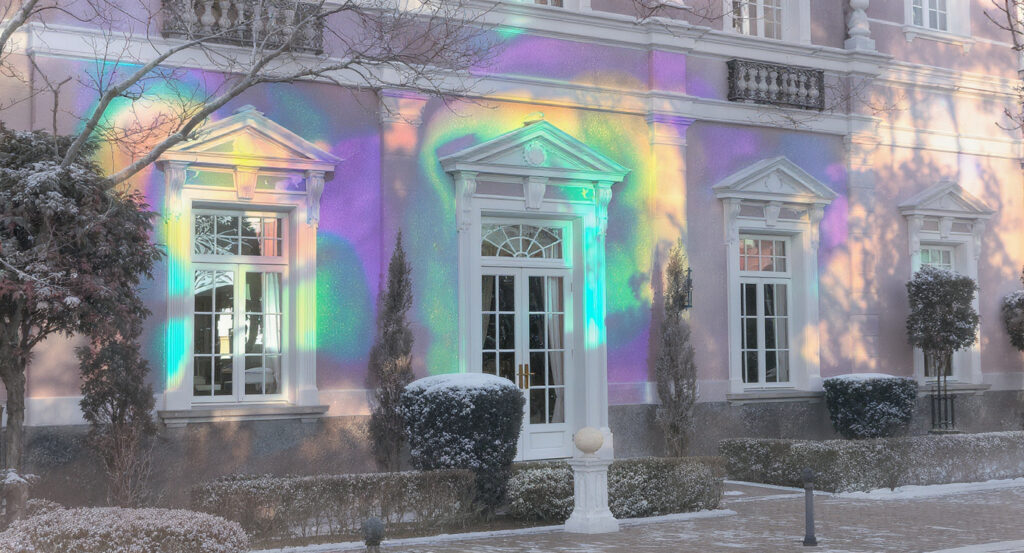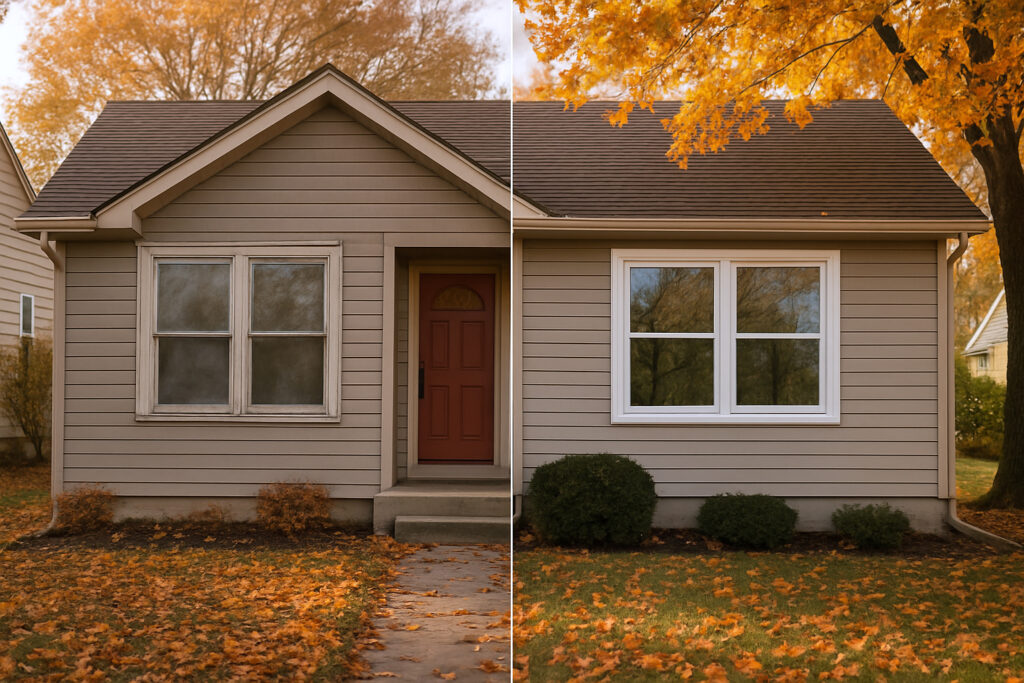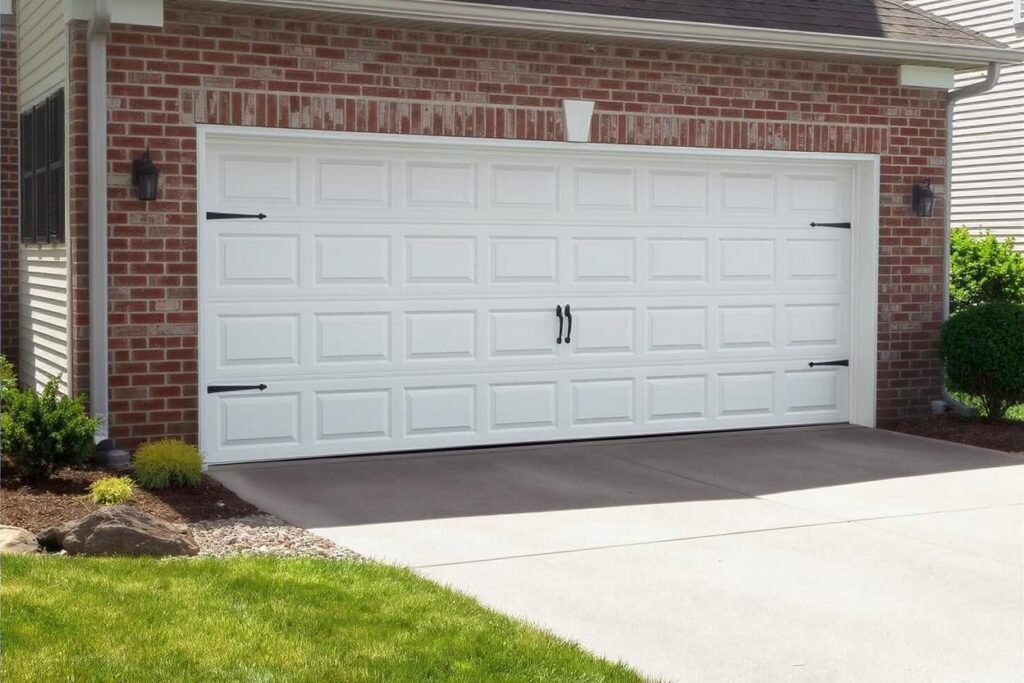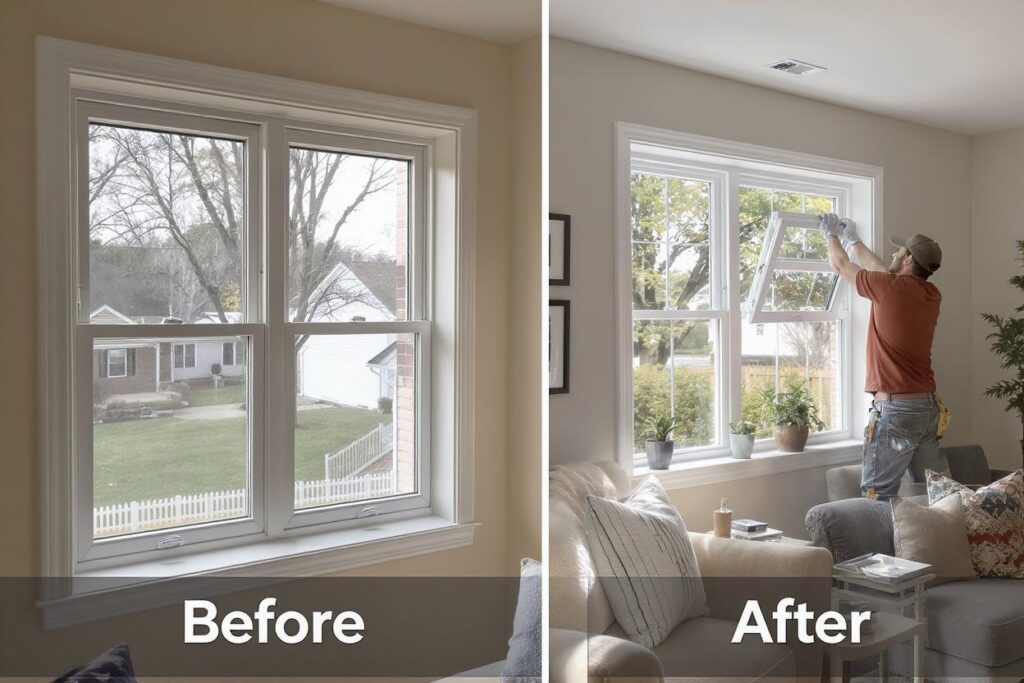
Lima, Ohio’s rich architectural heritage tells the story of a city that flourished during the late 19th and early 20th centuries. As homeowners in this beautiful historic community consider window replacements or restorations, the challenge lies in balancing modern functionality with historical authenticity. Choosing the right window styles isn’t just about aesthetics—it’s about preserving the character that makes Lima’s neighborhoods so distinctive while ensuring your home meets today’s energy efficiency and comfort standards.
Understanding Lima’s Historic Architectural Landscape
Victorian Era Influence (1850-1910)
Lima’s historic districts showcase predominantly Victorian-era architecture, reflecting the city’s prosperity during the oil boom period. These homes typically feature:
-
Italianate Style: Characterized by low-pitched roofs, tall narrow windows with decorative crowns, and ornate brackets
-
Queen Anne Victorian: Known for asymmetrical facades, bay windows, and varied window shapes and sizes
-
Second Empire: Distinguished by mansard roofs and dormer windows with elaborate trim
Colonial Revival and Craftsman Styles (1900-1930)
As architectural tastes evolved, Lima embraced:
-
Colonial Revival: Featuring symmetrical facades with multi-pane double-hung windows
-
Craftsman Bungalows: Showcasing wide, low-set windows often grouped in sets of three
Art Deco and Early Modern (1920-1940)
Lima’s commercial and some residential buildings from this era display:
-
Clean lines with steel casement windows
-
Corner windows that wrap around building edges
-
Geometric patterns in window muntins
Essential Considerations for Historic Window Selection
Historical Accuracy vs. Modern Performance
The primary challenge homeowners face is maintaining historical authenticity while incorporating modern benefits like energy efficiency, ease of maintenance, and improved security. Understanding this balance is crucial for making informed decisions that respect your home’s heritage.
Local Historic District Regulations
Before making any window modifications, research whether your property falls within Lima’s historic districts. The Allen County Historical Society and local preservation groups often have guidelines that may influence your choices. Some areas require:
-
Approval for exterior modifications
-
Use of specific materials or styles
-
Maintaining original window proportions
-
Preserving architectural details
Window Style Recommendations by Architectural Period
For Victorian-Era Homes
Double-Hung Windows Victorian homes traditionally featured tall, narrow double-hung windows with specific characteristics:
-
2-over-2 or 1-over-1 sash patterns for Italianate styles
-
Decorative upper sashes with colored or textured glass for Queen Anne styles
-
Substantial trim and moldings that frame the window opening
Bay and Bow Windows These projecting windows were Victorian favorites, creating interior space while adding architectural interest:
-
Three-sided bay windows for formal dining rooms and parlors
-
Curved bow windows for softer, more elegant appearances
-
Specialized trim work that matches the home’s existing details
Specialty Shapes Victorian architecture celebrated variety:
-
Arched windows for Gothic Revival influences
-
Circular or oval windows in gable ends
-
Stained glass panels in upper sashes or transoms
For Colonial Revival Properties
Classic Double-Hung Windows Colonial Revival style emphasizes symmetry and proportion:
-
6-over-6 or 8-over-8 muntin patterns for authentic colonial appearance
-
True divided lights or high-quality simulated divided lights
-
Simple, clean trim without excessive ornamentation
Multi-Pane Casements Some Colonial Revival homes incorporated:
-
Steel casement windows grouped in pairs or threes
-
Diamond-pane patterns for Tudor Revival variants
-
Side-by-side configurations for balanced facade compositions
For Craftsman and Bungalow Styles
Horizontal Emphasis Windows Craftsman architecture emphasized the horizontal line:
-
Wide, low windows often arranged in groups
-
1-over-1 double-hung with thick rails and stiles
-
Multi-light upper sashes over single-pane lower sashes
Picture Windows with Flanking Casements A popular Craftsman combination:
-
Large central fixed pane for maximum light
-
Operable casement windows on sides for ventilation
-
Consistent muntin patterns throughout the grouping
Material Choices for Historic Compatibility
Wood Windows: The Traditional Choice
Wood remains the most historically accurate material for Lima’s historic homes:
Advantages:
-
Authentic appearance and proportions
-
Can be repaired and restored indefinitely
-
Accepts paint and stain beautifully
-
Excellent insulation properties when properly maintained
Considerations:
-
Requires regular maintenance
-
Higher upfront costs for quality construction
-
May need specialized installation
Modern Alternatives with Historic Appeal
Vinyl Windows While less authentic, quality vinyl windows can offer:
-
Lower maintenance requirements
-
Good energy efficiency
-
Simulated divided light options
-
Cost-effective replacement solution
Fiberglass Windows An emerging option that provides:
-
Wood-like appearance with minimal maintenance
-
Superior energy performance
-
Paintable surfaces for color matching
-
Long-term durability
Aluminum-Clad Wood Combining benefits of both materials:
-
Wood interior for authentic appearance
-
Aluminum exterior for weather protection
-
Reduced maintenance while maintaining historical character
Energy Efficiency Without Compromising Character
Storm Windows: A Reversible Solution
Installing quality storm windows offers:
-
Significant energy improvements
-
Protection for original windows
-
Reversible modification for strict historic districts
-
Cost-effective compared to full replacement
High-Performance Glass Options
Modern glass technology can improve comfort while maintaining appearance:
-
Low-E coatings that are virtually invisible
-
Argon gas fills in double-pane configurations
-
Warm-edge spacers to reduce condensation
Weatherstripping and Caulking
Proper sealing can dramatically improve performance:
-
Bronze weatherstripping for authenticity
-
Rope caulk for temporary seasonal sealing
-
Professional-grade sealants around frames
Common Mistakes to Avoid
Proportion Problems
Maintaining correct proportions is crucial:
-
Don’t alter window opening sizes without careful consideration
-
Ensure new windows fill openings properly
-
Maintain original sight lines and reveals
Hardware Inconsistencies
Window hardware should complement your home’s period:
-
Choose appropriate handle and lock styles
-
Consider patina and finish materials
-
Avoid obviously modern mechanisms when possible
Color and Finish Mismatches
Window colors should harmonize with your home’s palette:
-
Research historically appropriate colors
-
Consider the relationship between window and trim colors
-
Test colors in different lighting conditions
Maintenance for Long-Term Satisfaction
Regular Inspection Schedule
Develop a routine that includes:
-
Annual checking of glazing compound
-
Inspection of weatherstripping condition
-
Examination of hardware operation
-
Assessment of paint or finish quality
Professional Restoration vs. Replacement
Sometimes restoration makes more sense:
-
For windows with historical significance
-
When original hardware is valuable
-
If structural elements remain sound
-
When budget allows for craftsman-quality work
Working with Local Preservation Groups
Allen County Historical Society Resources
Connect with local experts who understand:
-
Lima’s specific architectural history
-
Appropriate restoration techniques
-
Available resources and funding
-
Regulatory requirements
Tax Credits and Incentives
Historic preservation may qualify for:
-
Federal historic tax credits
-
State preservation grants
-
Local incentive programs
-
Property tax considerations
Making the Final Decision
Choosing windows for your historic Lima home requires balancing multiple factors:
-
Respect for architectural integrity
-
Modern performance requirements
-
Budget considerations
-
Local regulations compliance
-
Long-term maintenance capabilities
The key is working with professionals who understand both historical requirements and modern window technology. Don’t rush this important decision—take time to research, consult with experts, and consider long-term implications.
Professional Guidance for Your Historic Home
Navigating window choices for historic Lima architecture requires expertise that combines historical knowledge with modern building science. The right professional can help you achieve authentic appearance while incorporating contemporary benefits like energy efficiency and easy maintenance.
For homeowners ready to enhance their historic Lima property with appropriate window solutions, Ellis Door & Window offers the specialized knowledge and quality products needed to respect your home’s architectural heritage while meeting today’s performance standards. Their experienced team understands the unique challenges of historic window projects and can guide you through every step of the process.
Contact Ellis Door & Window at (419) 228-3667 to schedule a consultation and discover how the right windows can preserve your home’s historic character while providing modern comfort and efficiency. Your Lima home’s architectural legacy deserves expert care—make sure your window investment honors both history and your family’s future needs.



